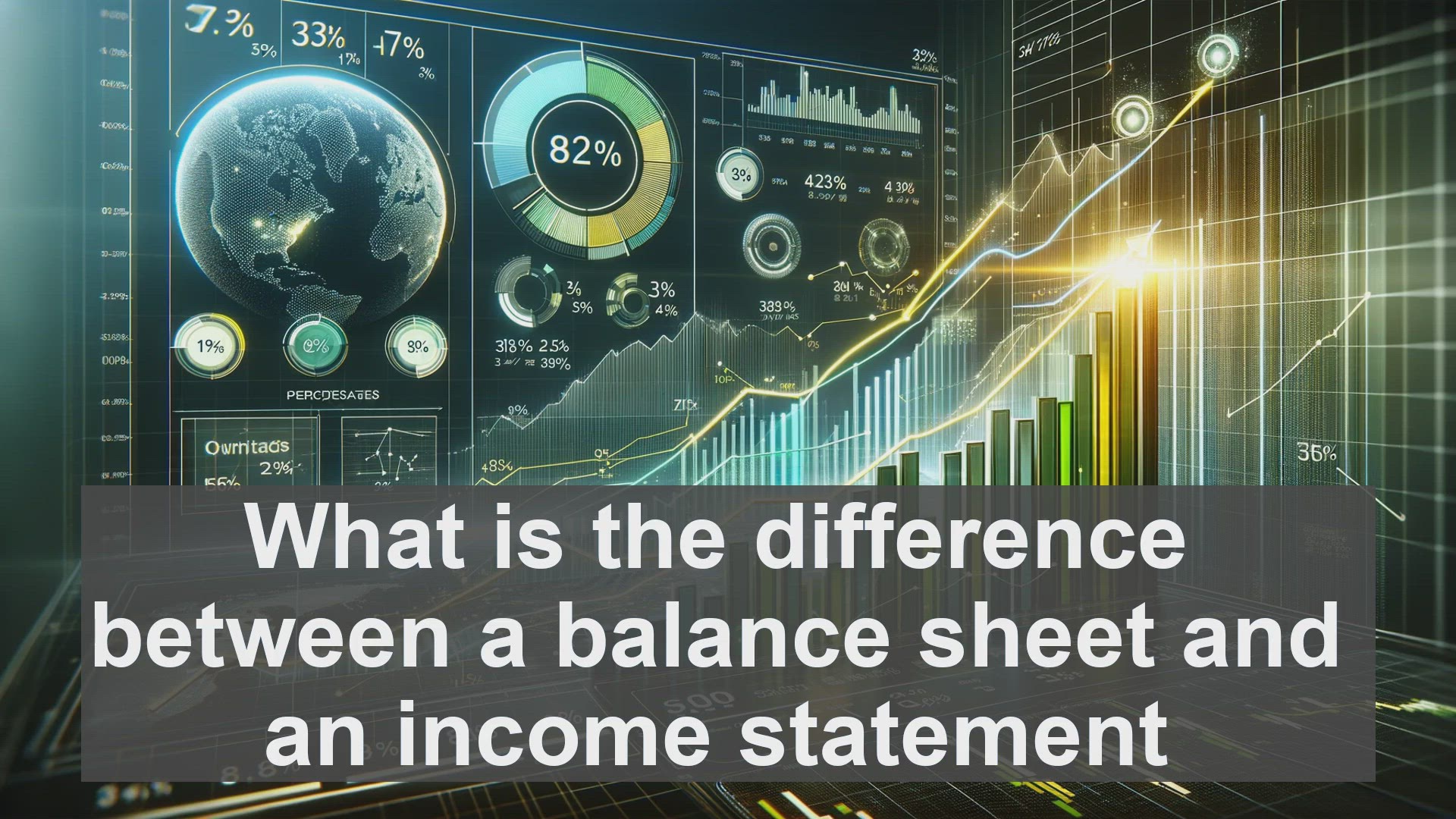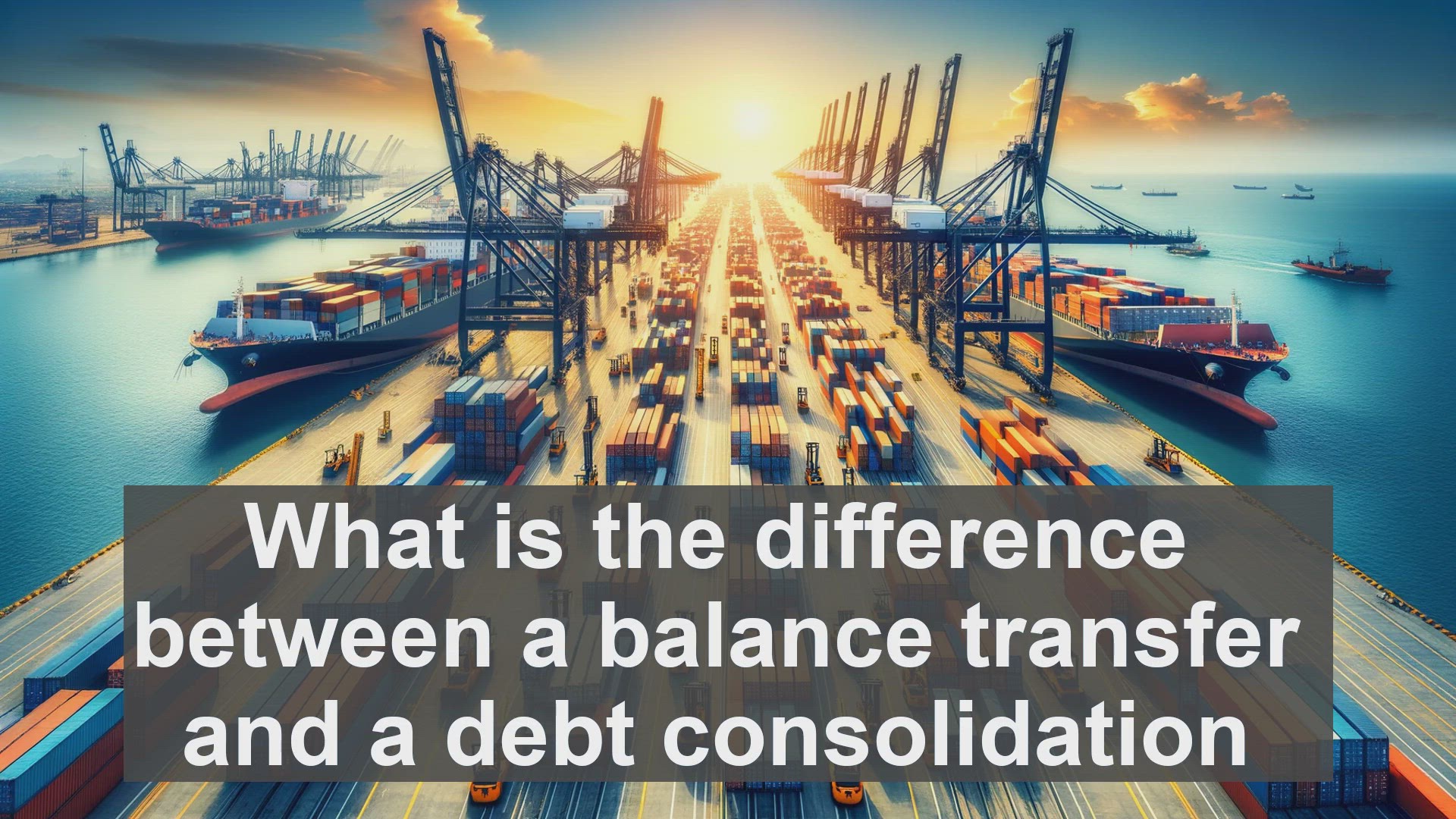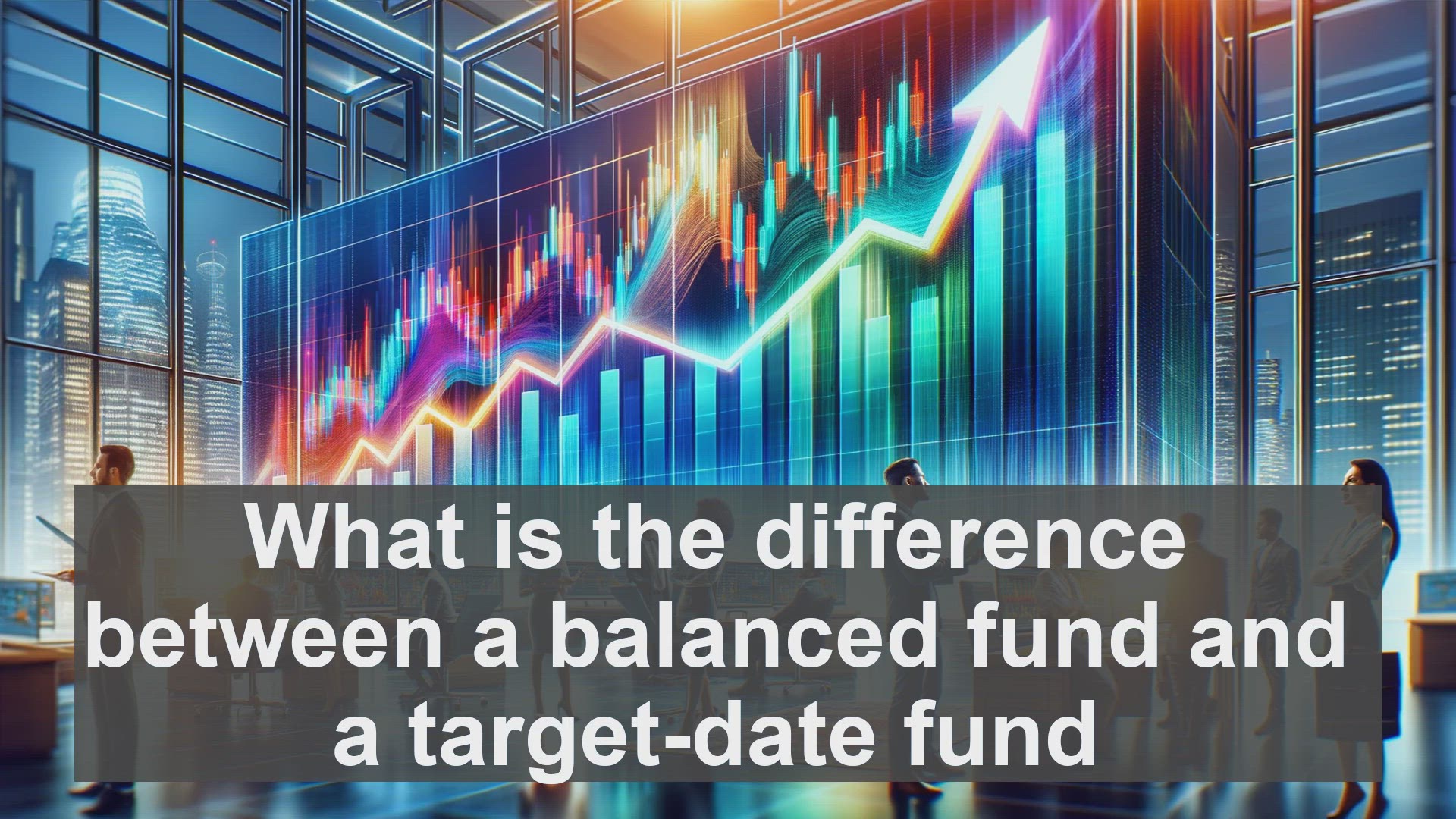
What is the difference between a balance sheet and an income statement?
What is the difference between a balance sheet and an income statement Introduction: The Financial Statements Duo Hello everyone, and welcome to today's video! When it comes to understanding a company's financial standing, two documents take center stag

What is the difference between a balance transfer and a debt consolidation
What is the difference between a balance transfer and a debt consolidation Introduction: Navigating the World of Debt Management Hello everyone, and welcome to our video on the difference between balance transfers and debt consolidation. When it comes t

What is the difference between a balanced fund and a target-date fund?
What is the difference between a balanced fund and a target-date fund Introduction: The World of Investment Funds Hello everyone, and welcome to our video on the difference between balanced funds and target-date funds. When it comes to investing, there'